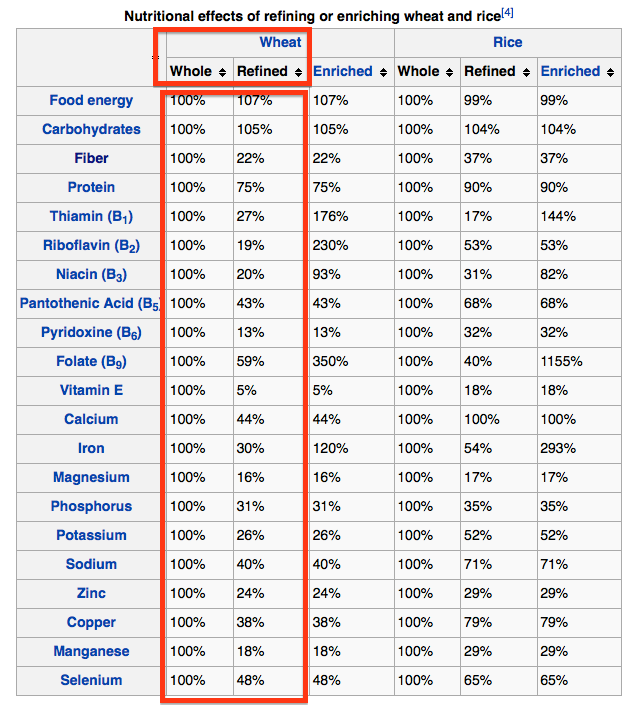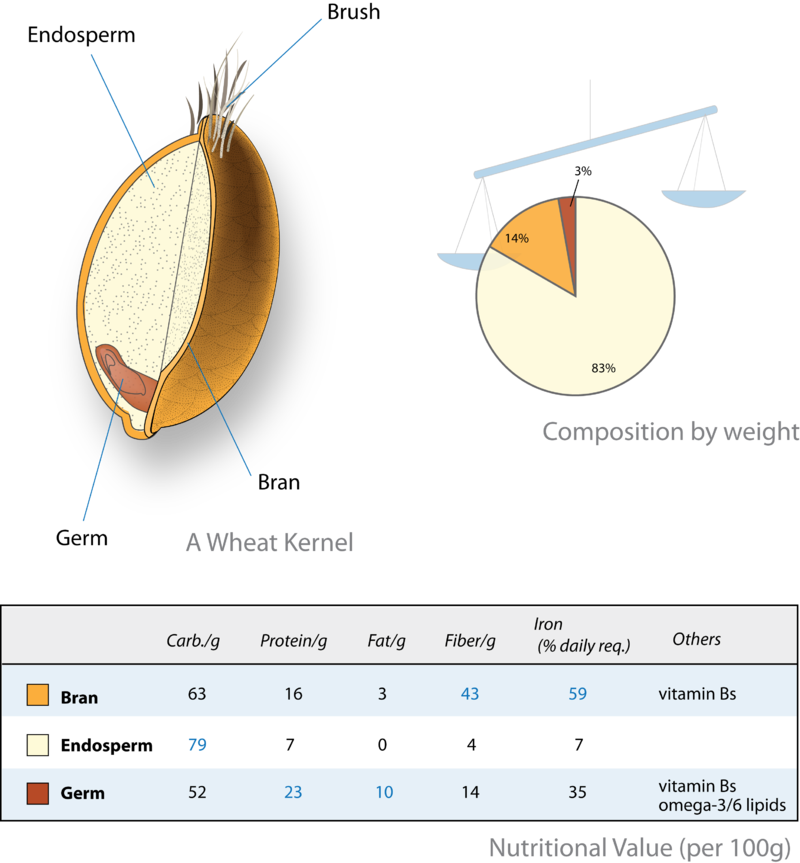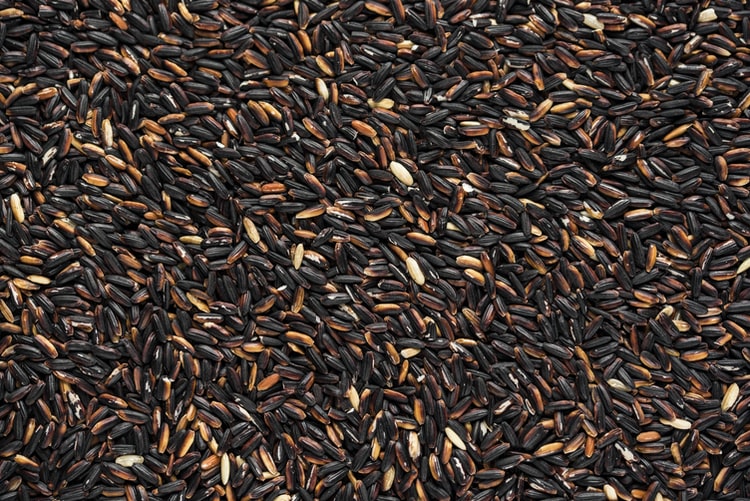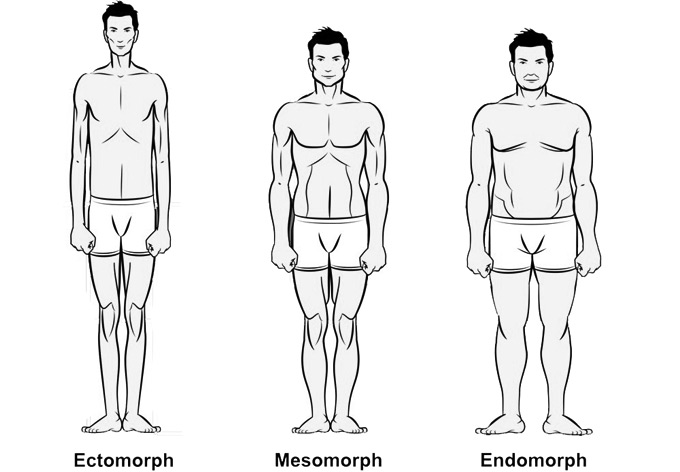
“Which Carbs Are Actually Best For You?” The Ultimate Guide To Ending Carb Confusion

“Nooooo, I have to stop eating carbs? What’s even the point?”
I was sitting in an italian restaurant the other day for a business lunch, starving, drinking a nice glass of cabernet while waiting for my salmon to arrive.
The guy across the table from me was a quite large gentleman telling me about his experience dealing with a personal trainer who told him “Just go easy on the carbs” to lose that fifty pound gut he had slowly been acquiring.
“What’s the point in even living life if I can’t have all the good stuff?” he said.
Well, as it turns out he didn’t realize the one big principle I use to figure out what carbs to get myself (and my clients) to eat.
At a high level, it’s surprisingly simple. In today’s video I show you exactly what you need to know – just one thing – for the average person.
***
Are Carbs Bad For You?
(Note: In this article I’m not going to be discussing whether or not to remove carbs or any of the physiology behind this stuff, read my approach below.)
It seems like pretty much anywhere you go, people “know” that carbs are bad for them.
But are they really bad for you?
Listen, I’m not going to write you a big article citing research about carbs, and in fact, this entire article is going to teach you just one simple habit that can dramatically improve your health and levels of wellness. And guess what?
It’s a secret.
You can still eat carbs.
… So let’s jump in and take a look at what I’m trying to say here.
First, I emphasize a “don’t remove food groups approach.” What that means is that my students and clients generally don’t go low carb and definitely don’t go low fat.
There’s a reason for this:
A. It sucks.
B. It’s hard to adhere to.
C. It just feels unnatural intuitively. I don’t know about you, but if I sit down to eat a steak and have some sauteed vegetables, it feels awkward not having a carb source. It’s almost like the meal is missing something critical, which makes sense: every natural culture on earth has their own “staple” which is a heavy carb source. It’s pretty tough to do hard work all day and just be vegetarian or not have the quick energy carbs give you.
If You Had 1 Hour a Day – What Would Be Your Biggest Nutritional Win?
A question I usually pose to my readers and clients is this: if you only had an hour a day, what would be your biggest win to focus on for your health?
What would be the single most important ritual you could go through each day?
Drinking more water?
Eating a specific way?
Going for a quick walk?
Doing some kind of meditation or stress management ritual?
There’s a big problem with how we inherently thinks as humans – we want to know EVERYTHING before we make a decision.
Just check out this other article I wrote on sugar– there are almost a hundred comments, and despite the fact that I share my philosophy of just eating less sugar, I got dozens of comments like this:
“Alex what about agave?”
“What about cane sugar?”
“What about XYZ alien nectar?”
We often get too caught up in the ridiculous details that we forget the point: what’s the high level principle? Don’t split hairs. The high level is just reduce sugar intake – don’t split hairs wondering about stevia, agave, and all this other stuff that companies try to trick you with. If you’re going to eat sugar, eat real sugar. Just eat less of it.
Get the high level principle, and you’ll be a lot less overwhelmed.
This “big win” philosophy works the same for carbs too. What’s the high level here? It’s NOT removing carbs. Its what I call “flipping the nutrient ratio.”
How to Flip The Nutrient Ratio

Remember, big wins.
No splitting hairs. Take a look at the above chart.
See the column that says “whole” ? That’s the unrefined version, the closest to nature version, of whole wheat here. In other words, with minimal processing, if you’re buying whole wheat you’re getting this.
Here’s what I want you to draw your attention to:
- Riboflavin (B2) – Unrefined: 100%; Refined: 19%
- Vitamin E – Unrefined: 100%; Refined: 5%
- Magnesium – Unrefined: 100%; Refined: 16%
The refined (e.g. “white”) version of flour, has up to 25x LESS nutrients for some of the major minerals, nutrients and vitamins.
So imagine eating white bread with three meals a day, over a decade.
And now imagine using wheat bread instead three meals a day (potentially 20x’ing your nutrients, three time a day), for decades. That’s a scary, dramatic difference in the amount of nutrients you’d be getting right? It’s a huge difference.
Whole Vs Refined Comparisons

White – how it gets white
For example, when rice is harvested it is usually milled and polished which helps make it more shelf stable, but it removes very important nutrients that are found in the bran and the husk.
In World War II for example, in some of the prison camps in the Philippines, American prisoners were getting beriberi due to a B vitamin deficiency, and they had to convince the prison guards to let them eat the husks that were being shaved off, and finally it went away. Beriberi is pretty nasty: causing tingling, paralysis of the legs, and eventually death sometimes.
Now, in the U.S., enrichment of white rice is required by law, but the amounts of nutrients that are added back into the rice aren’t always to the same level that the original unprocessed brown rice had.
Brown – everything about it
 Okay, so what’s the deal with brown rice, and why should you really eat it, even after I made that dramatic nutrient comparison?
Okay, so what’s the deal with brown rice, and why should you really eat it, even after I made that dramatic nutrient comparison?
Basically there are two levels to brown rice here, there’s the outer husk – which is often removed in the hulling process. But then there’s another deeper layer of bran and germ. Because these outer layers also have a naturally occurring oil, it makes it much more prone to spoilage and decreases the shelf life compared to white rice. People tend to also like the texture and feel of white rice more, which is why it’s pretty widespread all over Asia (rather than brown rice, which is pretty much nonexistent).
Your Body Type & Carb Tolerance

The next thing is to slightly adjust your carb intake based on your “body type” and by body type I’m going by the above generic somatotype image.
If you have an ectomorph body, you can get away with having a very high carb intake (or higher than normal intake).
If you have a mesomorph type body, you can get away with a moderate carb intake, or ideally having carbs just around your exercise times.
And if you’re an endomorph, I would suggest having a slightly lower carb intake, and especially emphasizing the idea of having your carbs right around exercise times.
There are some problems with just removing carbs totally, like this study that found that having a medium and high carb intake had the highest levels of testosterone for men, and that the lower the carb the more their cortisol and stress hormones went up. More on that here.
Super low carb levels (2%) also dramatically decreased thyroid T3 levels in a study comparing 85%, 44%, and 2% of the diet made up of carbs.
So based on this stuff I wouldn’t dramatically lower your carbs for an extended period of time. When I say go “lower carb” this doesn’t mean to avoid any kind of rice, bread, pasta in every single meal – it just means don’t make pasta the emphasis of your meal – make protein the emphasis.
Adjust it based on your body type, your activity levels, your goals, and more.
Your Key Big Wins For Today
- Focus on real food carbs (not processed, packaged ones)
- Flip the nutrient ratio
- Adjust based on your body type
- Include this as a *big win* part of your entire daily health habits
- Don’t split hairs and worry about “this new, weird carb” – focus on this one high level principle – eat the right ones
Quit splitting hairs – and enjoy your carbs!
Got questions?
Lemme know below –
– Alex
Bodytypes, Endosperm, Brown Rice

i am 55 pub landlady having trouble losing 14/20 lbs run training for two half marathons sept love your help x
Hi Bronagh,
Can you share with me more about your training schedule and what you’re eating throughout the day?
– Alex